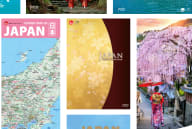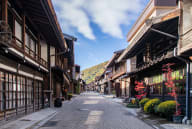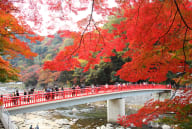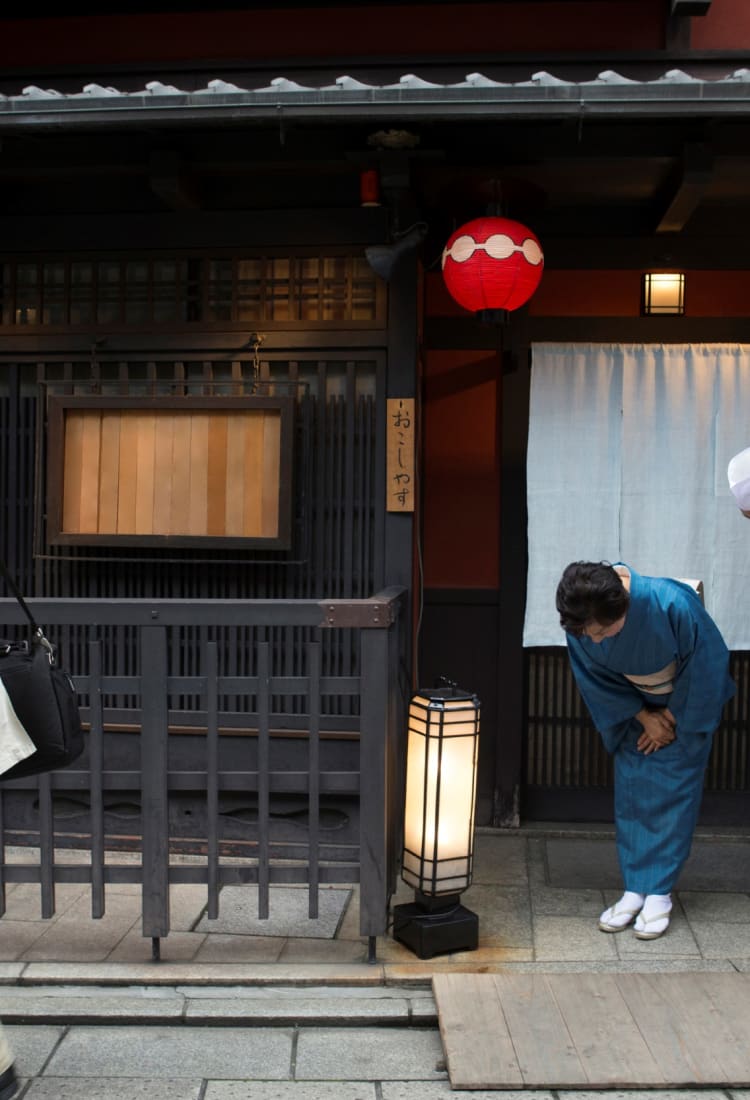
Japanese Etiquette 101: Eleven Things to Keep in Mind Before Travelling to Japan
Japan has a long-entrenched reputation of being a rule-following country, with an intricate system of customs and social mores that can often feel inscrutable to international travellers. Whether it’s how to dress, what side of the escalator to walk on, or where you place your chopsticks, there are several Japanese customs that have been talked about at length – sometimes reaching varying conclusions.
As a foreign tourist, locals do not necessarily expect you to know all the intricacies and nuances of Japanese culture. Nonetheless, there are some common practices to keep in mind in order to navigate Japanese society as seamlessly as possible. Though in many senses the tip of an iceberg, below we’ve compiled a concise list of 11 essentials for those looking to enjoy Japan, while respecting the customs and culture.
1) PDA (Public Displays of Affection) & Greetings
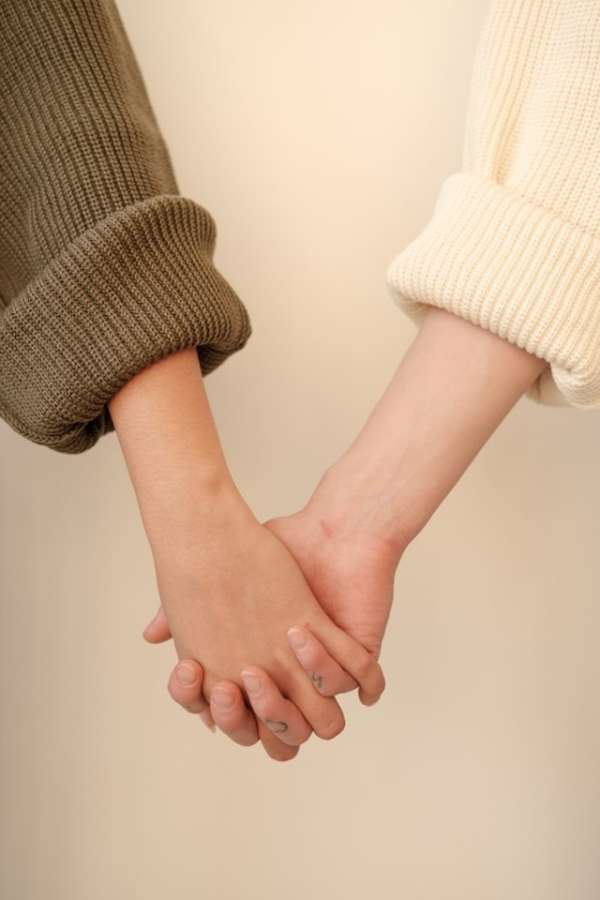
Handshakes, high-fives, hugs, and certainly kisses are far less common as a form of greeting in Japan. Though not necessarily frowned upon, people have different comfort levels when it comes to displays of physical affection or intimacy. Be mindful of others’ body language, and try to meet them where they are at. If you’re unsure of someone’s comfort level, simply bowing is usually the safest bet.
2) Mind the Volume

All of the noise you will encounter Japanese cityscapes - from the din of arcades and pachinko parlours, to supermarket jingles, to campaign trucks blasting slogans - may lead you to believe that Japan is a very loud country. However, on an interpersonal level, Japan tends to be rather soft-spoken.
In addition to the obvious places such as museums, galleries, and libraries, this is especially true in settings such restaurants, and on public transit. These are often seen as places of respite on either end of the workday, where patrons are having their own conversations, or simply having a moment of contemplation for themselves. Chatting with friends is of course welcome, but try to be mindful of when things are getting a little too boisterous. This applies likewise to phone calls, with most public transport banning phone conversation outright.
3) Mask Up (Situationally)
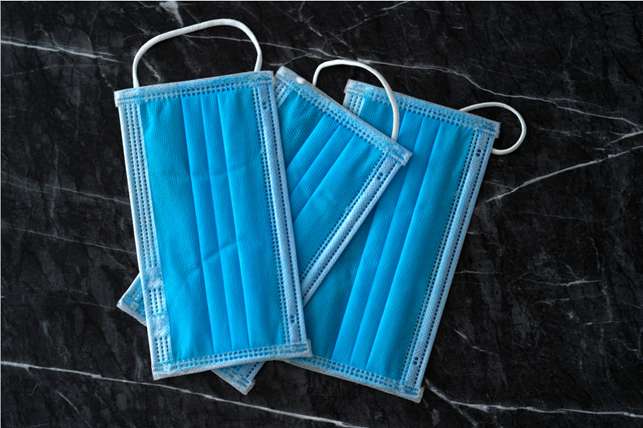
Japan, along with other East Asian countries, has a longstanding tradition of masking, even prior to COVID. Whether during flu season, or on a case-by-case basis for those displaying moderate cold symptoms, masking has been encouraged as pro-social action in Japan for over 100 years.
You will find that precautionary masking is still the norm in a post-pandemic Japan. Although there is understanding that this is a personal choice, it tends to leave a better impression to put on a mask in crowded & confined areas if you are displaying any cold-like symptoms.
4) Wait to be Seated
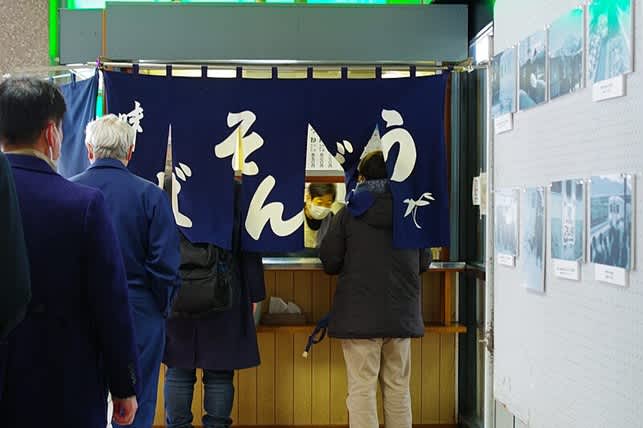
When in doubt, chances are there’s a line. Unlike some restaurants in North America, in Japan it is standard to make your presence known before taking a seat. Some popular restaurants such as sushi trains may even require you to take a number from a machine (these tend to be bigger chains, where the interface is multilingual).
In general, customer service in Japan is designed to be as efficient as possible for all parties involved, which means sparing servers the observation and frequent check-ins that are commonly expected at North American restaurants. Conversely, waitstaff can generally be hailed by either a call button, or simply blurting out “Sumimasen!” (Excuse me!), with a directness that some North Americans may find surprising.
5) (The Customer is God, but…) What You See is What You Get
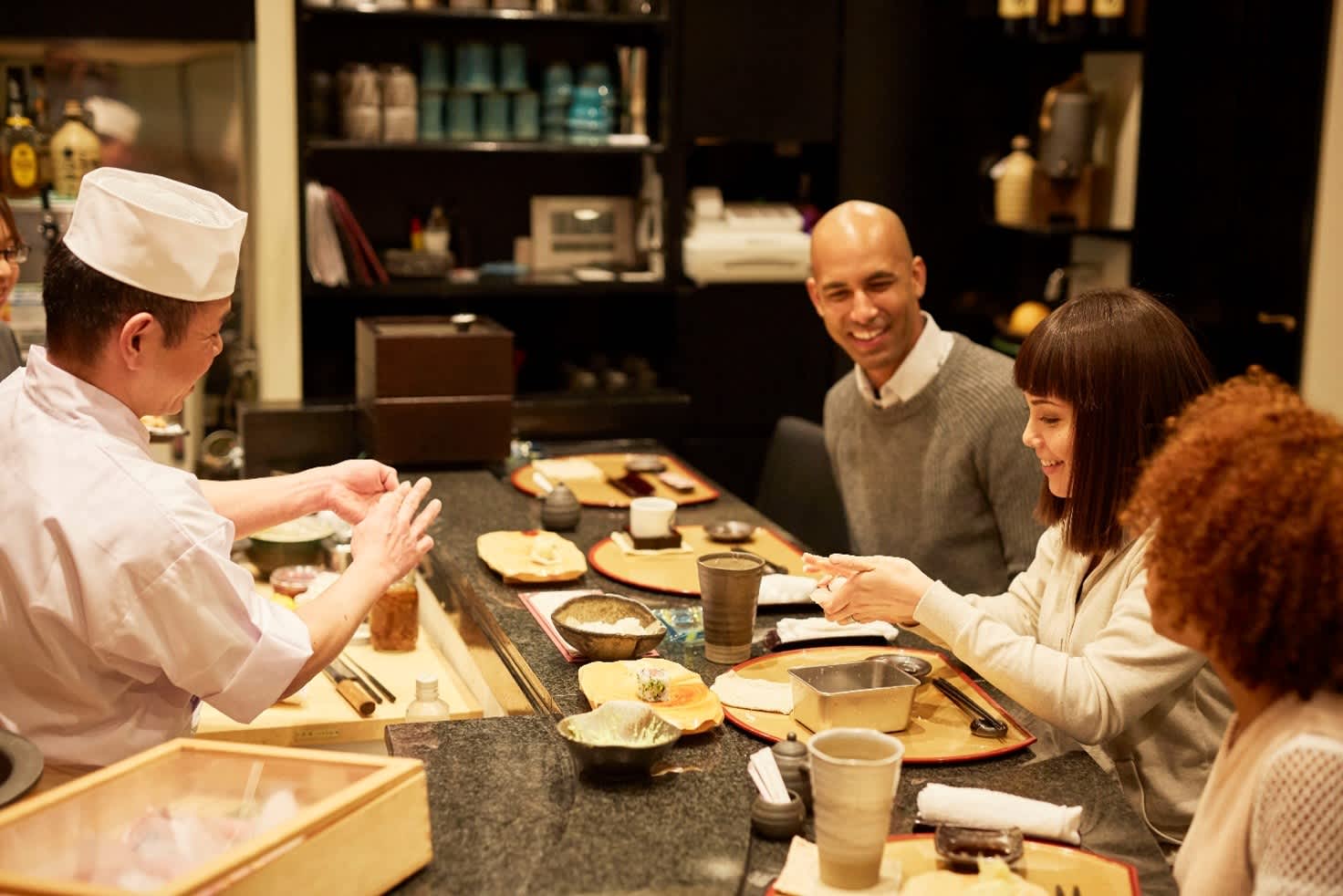
Japan enjoys a reputation for its stellar hospitality industry – the Japanese counterpart to “the customer is always right” taking it a step above, to “the customer is God”. This is why many are surprised to learn how rigid Japanese restaurants can be when it comes to seemingly simple modifications! In addition to prioritizing the efficiency mentioned previously, this is also a matter of quality control - whether artisans or fast-food workers, chefs have been trained to prepare dishes a certain way – and though it may seem irrational, some may fear that any deviance could compromise the food’s ideal form.
There are of course, some exceptions to the rule. Generally, if your modification is due to an allergy, staff will be certain to accommodate it (or else direct you to somewhere else that can). Notifying restaurants of any dietary restrictions in advance will spare staff the element of surprise, and potentially allow for a more thought-out alternative. This is especially the case with finer establishments, where chefs often relish the chance to express their skills and creativity. However, don’t be surprised if more fast-paced restaurants aren’t necessarily so accommodating.
If this is enough to dissuade you from tipping, then no worries, as it is not a custom in the first place! Generally speaking, the only setting where gratuities and additional fees are commonly a factor are izakaya (Japanese pubs), which will sometimes implement an additional surcharge for late-night customers. They are also known to serve “otoshi”, a mandatory appetizer for each guest which serves as a type of cover charge. Otoshi tend to come out automatically upon being seated, so this is all the more reason to express any dietary restrictions ASAP!
6) Walking and Eating … is it Really That Bad?

Tabearuki (or walking and eating) is a “taboo” within Japanese society which prospective visitors are often warned about. However, those visiting the busy shopping arcades of Osaka and market districts like Shimokitazawa may be surprised to see several locals carrying snacks and coffee as they go about their day. So what gives?
In reality, it is largely situational. Avoid messy foods and lidless drinks, especially in crowded areas where you are liable to bump into others, or where others will need to swerve to avoid bumping into you. Whether amid cherry blossoms or during festivals, eating and dining outdoors is common - but even in these cases, the general practice is to step aside from the main crowd as you enjoy your refreshments. Sidewalks tend to be wide, and smaller neighborhoods tend to have parks interspersed - if there’s no rush, why not stop and savour the moment?
7) Taking Out the Trash
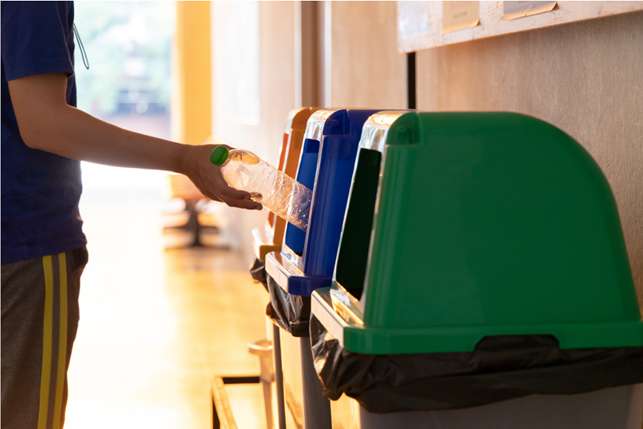
Japan is constantly earning praise for its remarkable cleanliness, despite the abject lack of public garbage bins. Foreigners are often astounded to learn that locals, are in fact, taking their rubbish home and disposing of it themselves. Travellers who are away from their accommodation for long stretches can take comfort in the fact that most train stations and convenience stores have garbage bins (for truly upstanding social etiquette, you may consider making a small purchase when disposing of waste at the latter).
Of course, the process of waste disposal presents its own challenges – the only consistency being how complex the procedures are. Generally, most garbage bins will include slots for burnables (the majority of non-recyclable waste), non-burnables (such as glass, wire, small electronics), aluminum cans, and finally PET bottles (ie: the vast majority of plastic soft drink bottles). To score even more points, shed your PET bottle of its label using the perforated lines, and chuck the cap into the dedicated chute if available.
8) How Much to Blend In?
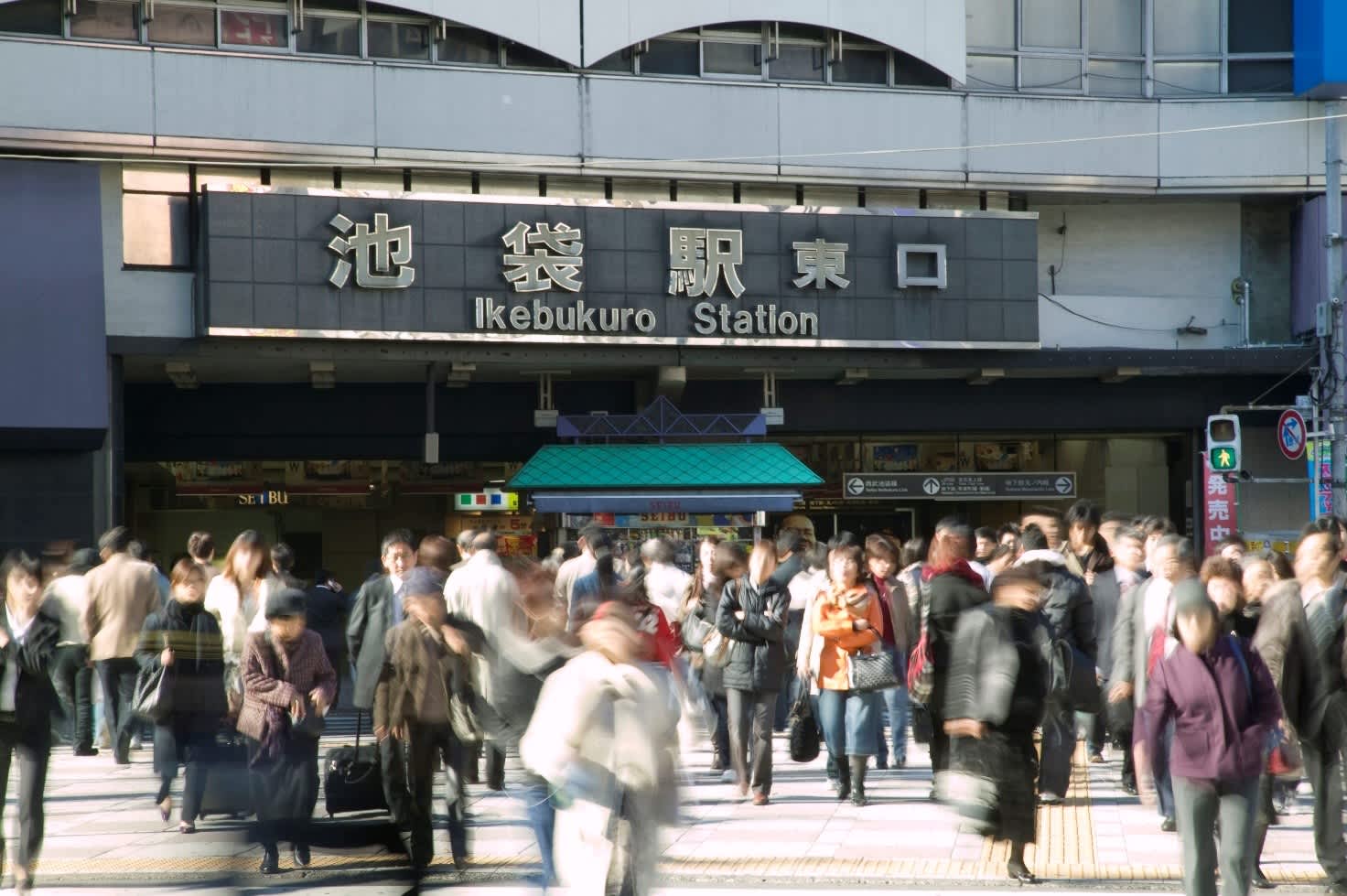
Self-conscious travellers may find themselves worrying about fashion do and do-nots when it comes to Japan. Smart casual, teeming on preppy looks that are associated with brands such as Uniqlo tend to be the default means of dress, with neutral colours such as black, white, beige and navy being especially common. With that said, there is no shortage of daring trendsetters as well, particularly in fashion-forward neighbourhoods such as Harajuku. Authenticity and originality are often admired, if not always embraced by the general public.
The one place where a more conservative style of dress may be wise in places of worship such as temples as shrines. With that aside, the best thing one can do is to be yourself, and let your character shine through in your behaviour, rather than your appearance.
9) Bathing Etiquette – A Brief Rundown
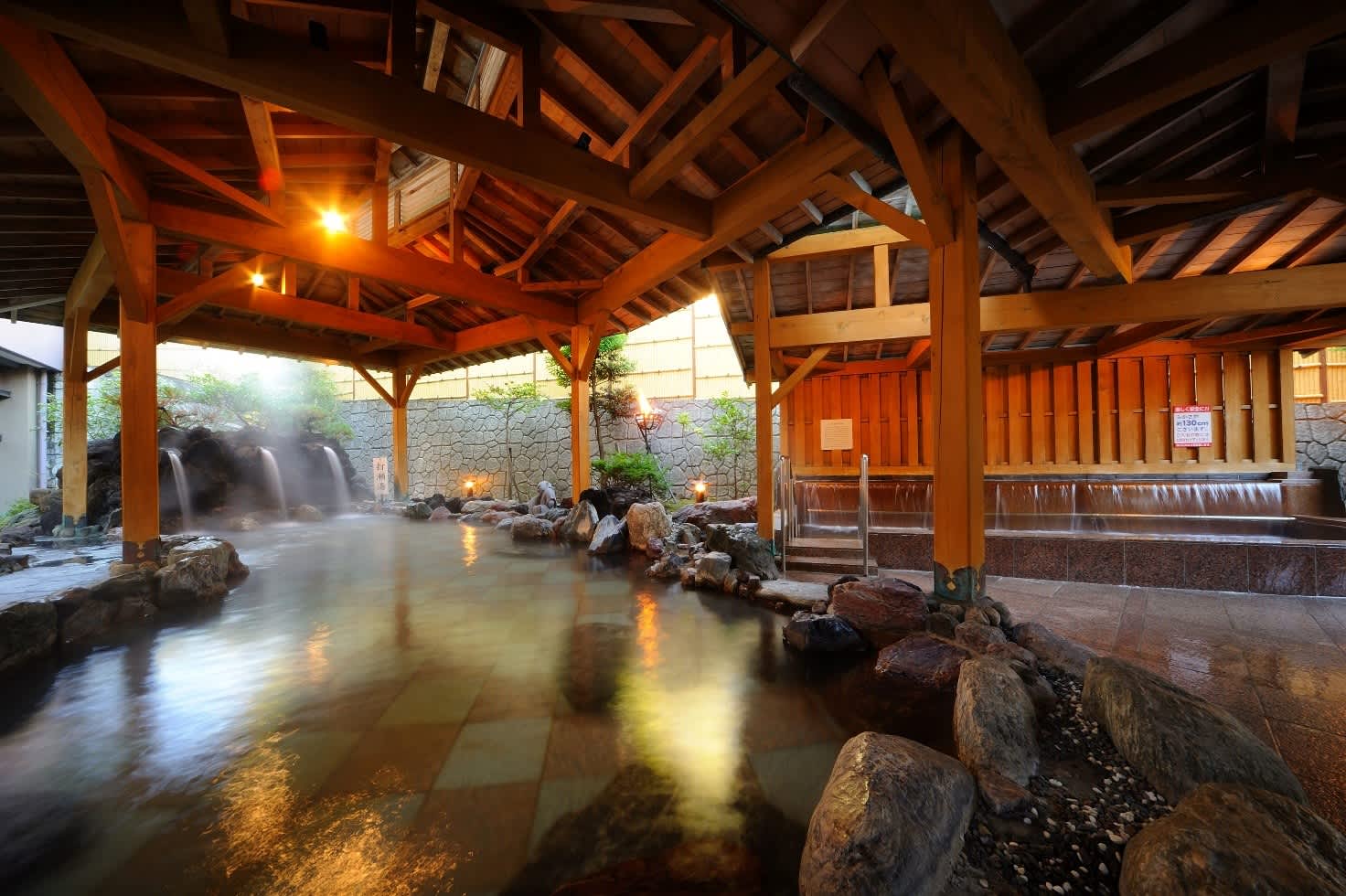
In essence, the main thing to keep in mind is that showers are for cleansing, whereas baths are therapeutic and should be kept as pure as possible. This means that nothing but your meticulously cleaned, naked body should be entering the water!
Onsen (hot springs) and bath houses will have several sit-down showers upon entering the bathing area, typically equipped with stools, soap, and shampoo. Here, guests are required to get as clean as possible before entering the bath itself. Some onsen have a basin of kakeyu (water for pouring over one’s self) at the entrance, though this is largely a matter of tradition, and not a suitable replacement for a thorough shower. Those with tattoos may not be allowed entry to public baths, however, ryokan (traditional Japanese inns) will often have private baths where this policy does not apply.
10) Photography & Drones
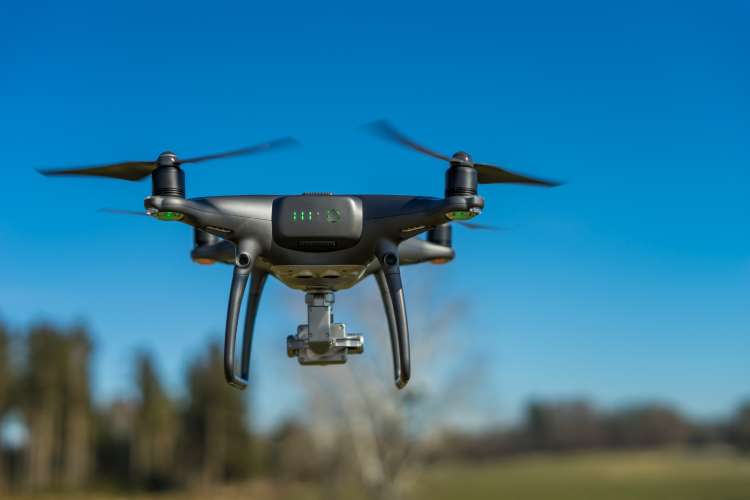
When it comes to photography, most Japanese etiquette falls under the realm of common sense. Do not take others’ photos without permission, including those in traditional attire, unless at a designated event for such purposes. Many shops and museums will also have ample signage - indicating where photography is or isn’t permitted.
Drone permissions can also be a very fraught area, with policies varying depending on the prefecture and property. In general, permission is required before flying a drone over any private property, or busy public areas. To avoid any flack, confirming with the relevant property staff or local koban (police box) is always a good way to go.
11) If You Have Japanese - Use It!
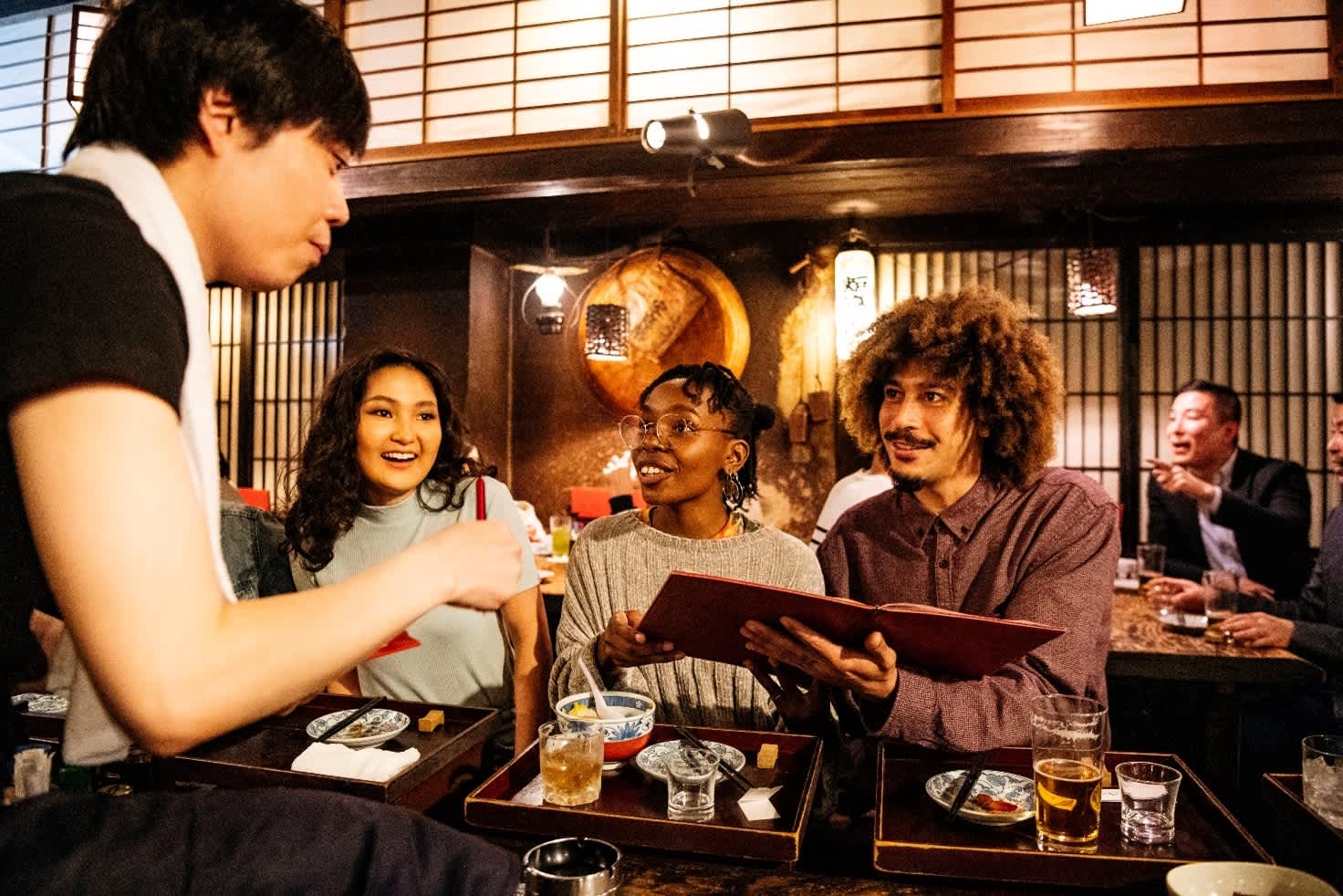
Though it is quite easy to travel Japan without speaking the language, an effort is always appreciated, and will often be met with ample praise (regardless of actual ability). Encountering a foreign tourist who can speak Japanese of any level is seen as something of a novelty, and is often met with pleasant surprise among service staff. Japan is self-aware when it comes to the relatively limited usage of the language outside of its borders, and so showcasing this ability can be an expression of one’s appreciation and respect for the culture. Those looking to start learning, or brush up on their preexisting skills can consult JNTO’s language resources page.


















































